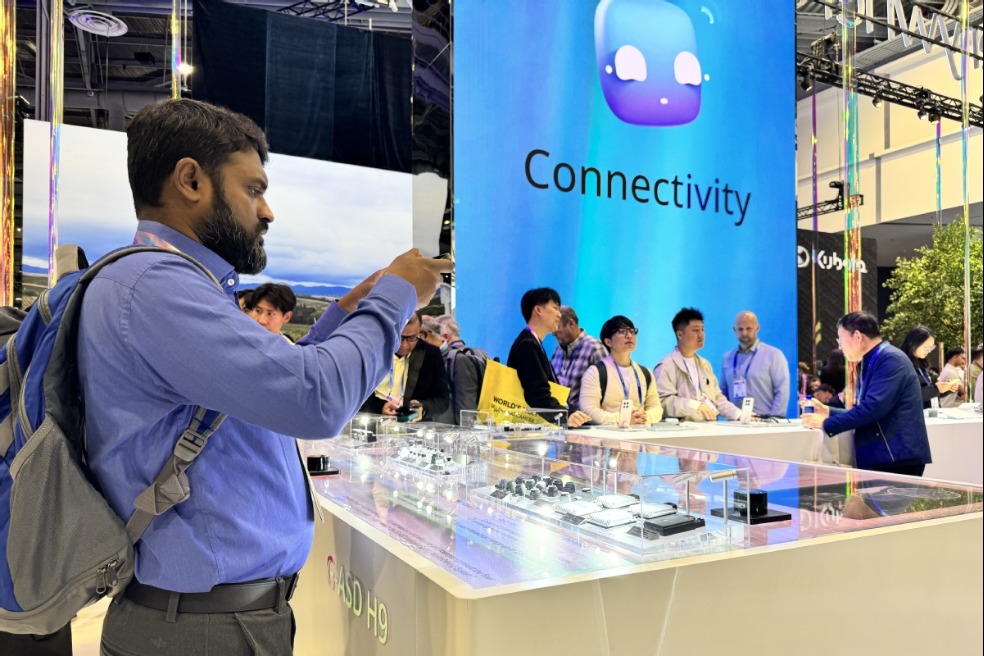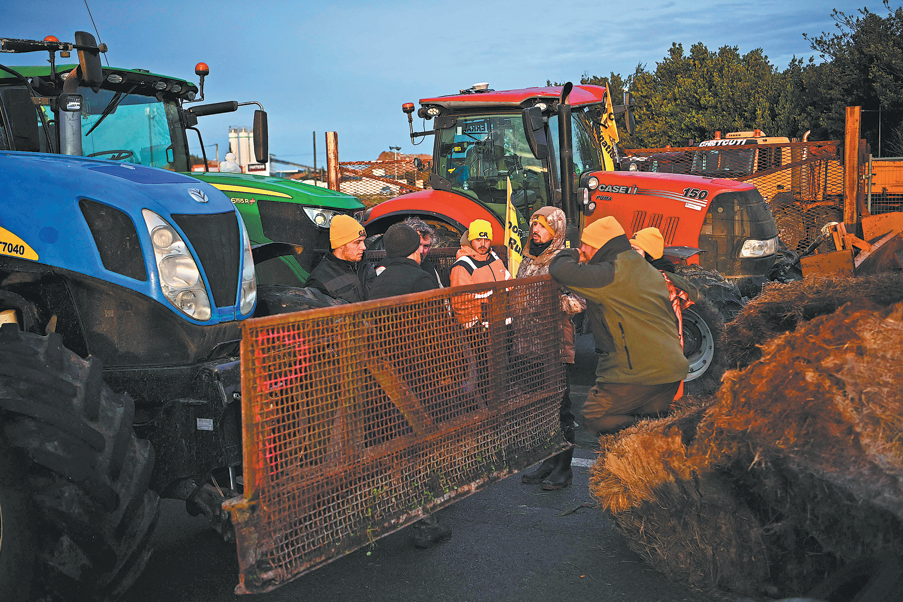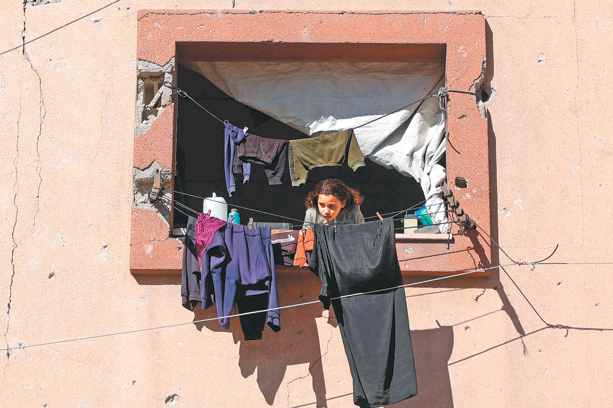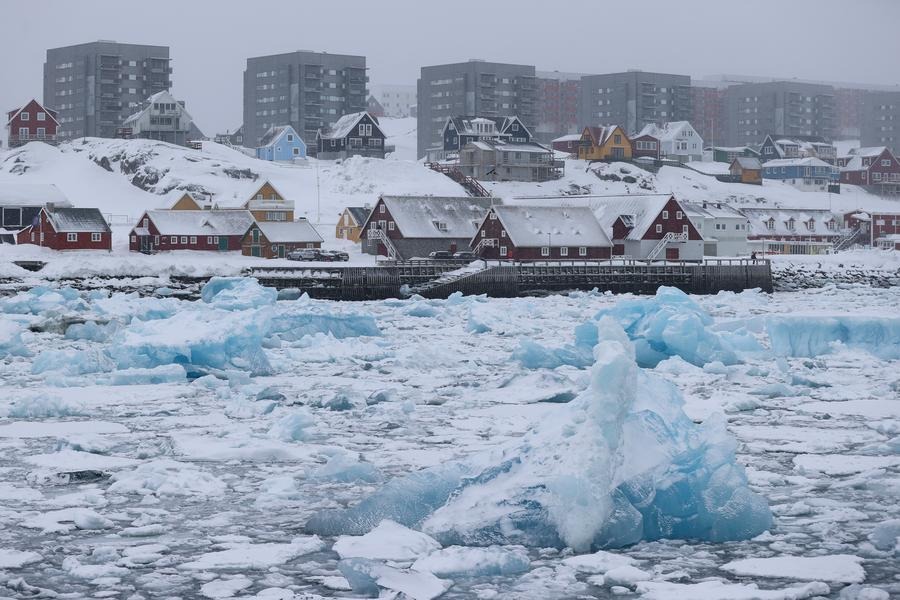Data: Vaccine incentives didn't yield many takers


In May, Ohio became the first state to offer a lottery to vaccinated residents. Governor Mike DeWine used federal stimulus money to offer a $1 million prize for adults and one full college scholarship to teen entrants once a week for five weeks.
Eighteen other states then came up with their own vaccine lotteries or cash giveaways following Ohio, according to the National Governors Association.
California offered 10 cash prizes of $1.5 million and 30 prizes of $50,000 cash in June. Another 2 million prizes of $50 gift cards will last until they run out.
Illinois offered 50,000 free tickets for the amusement park Six Flags. Maine offered thousands of various fishing and hunting licenses, state park passes, tickets to entertainment venues and small gift cards to retailers. New Jersey's incentive program: Residents 21 years old and above could get a voucher for a can of beer or a state park pass during promotional time.
Have the cash, free beer and other prizes worked?
Health data and experts suggest the incentives failed to increase the number of vaccinations appreciably in many cases, and in some had no impact at all, ABC News reported Thursday.
Since incentives started widely being offered beginning on May 12, the number of first doses given in the US briefly increased but then tailed off, it reported.
Whereas in Vermont, which hasn't offered large dollar incentives, the most recent state data showed 82.4 percent of the population 12 and older has been vaccinated, the highest figure in the country.
"The incentives only really worked for people who were on the fence," John Brownstein, an epidemiologist at Boston Children's Hospital told ABC News. "You saw that slight bump, but there are still thousands of people who aren't signing up, and the incentives didn't work on them."
Roughly 55.6 percent of the total US population has received one COVID-19 vaccine dose as of July 13, according to the CDC.
California Governor Gavin Newsom said an increase in COVID-19 vaccinations following the state's first vaccine lottery drawing showed his incentive program worked.
"Turns out, these incentives have worked," he said of the state's $116 million program of lottery prizes and gift cards.
The number of Californians getting their first vaccine dose increased modestly on May 28, the day after Newsom announced the incentives. That day, the number of Californians with at least one vaccine dose increased by about 89,800, compared to an increase of 79,600 the day before, according to the state public health department.
The number of Californians with at least one dose of a vaccine increased by about 1,478,000 in the 15 days before Newsom announced the lottery, as newly eligible teens lined up to get their first dose, according to health department data. In the 15 days after the announcement, the number increased by about 772,000.
State officials have pointed out that vaccinations have been slowing across the country, and that the original goal of the lottery was to slow the decline in California. Newsom spokesman Alex Stack said administration officials had predicted a lull in vaccinations that the incentives seem to have staved off.
About 72 percent of California adults are now at least partially vaccinated, Newsom said this week.
In Ohio, one week after the May 12 announcement by DeWine, an additional 113,000 residents had received their first dose, according to the state's health department. That amounted to a week-to-week increase of 53 percent, the state's health officials said.
"This exceeded the governor's expectations," Dan Tierney, a spokesman for DeWine, told ABC News. But numbers of vaccinations dropped afterward.
While the state credited the lottery for the jump, there has been no direct study or data to show it was the impetus, aside from some anecdotal evidence, according to the state's health officials.
DeWine said Tuesday that he will announce a second coronavirus vaccine incentive program within the next few days.
About 5.6 million people in the state have received at least one shot of the Pfizer, Moderna or Johnson & Johnson vaccines as of Tuesday, or 48 percent of the total population, according to the department of health. About 5.3 million people, or 45 percent, have received two shots. Some counties, particularly in rural areas, have much lower rates.
Of the other 18 states with vaccine lotteries or cash giveaways, their combined efforts appeared to make only a small and short-lived boost in vaccination numbers.
The seven-day average of new first doses given initially climbed from 1.79 million on May 12 after the states offered their programs to 1.88 million a week later but has steadily declined to 421,000 on July 7, according to CDC data. The average peaked at 3.4 million doses on April 11, according to the CDC.
In Louisiana, where 39 percent of the entire population has one dose of the vaccine, the seven-day average of new daily doses administered has remained level at around 10,000 for the last month, according to the Louisiana Health Department. A lottery for vaccinated residents was announced on June 17.

































